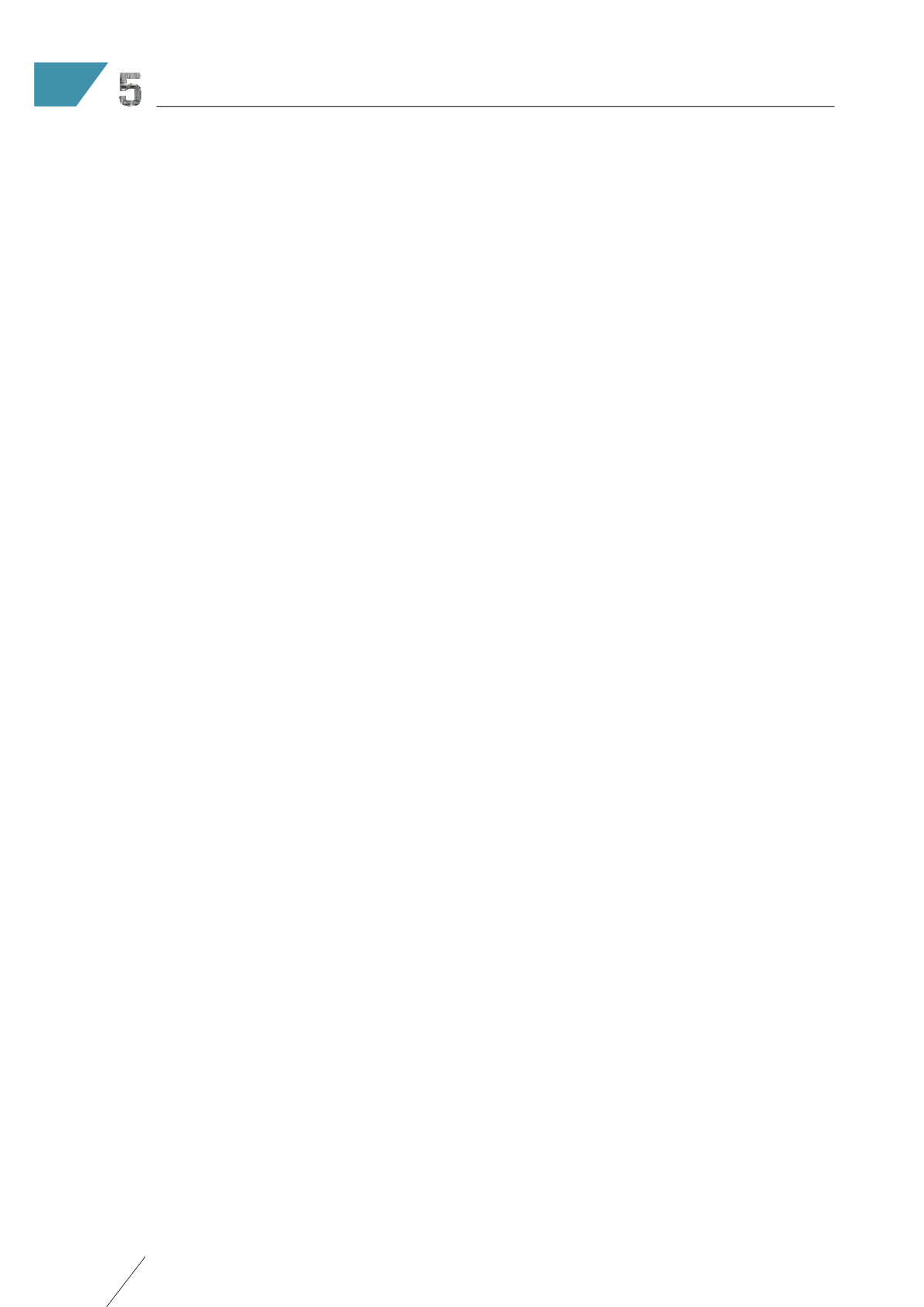

RISK FACTORS
92
LISI 2015 FINANCIAL REPORT
The Company has carried out a review of the potential risks
which could have an unfavorable effect on its business, its
financial situation or its results (or on its capacity to achieve
its objectives) and considers that there are no significant risks
other than those disclosed.
1
/
RISK MANAGEMENT
1.1
/
FOLLOWING COSO GUIDELINES
Since 2004, the Group has beenmapping risks in line with COSO
guidelines. More recently it has also been drawing upon the
provisions of Article L. 225-37 of the French Commercial Code
on financial security and the recommendations of the French
financial regulatory authority, the AMF. Having identified
and listed risks at the level of each individual unit (production
or distribution sites) the Group classifies consolidated risk
within a matrix showing occurrence probability and severity
rate. Then a "top down" approach helped prioritize risks. Each
risk identified is subject to an action plan which is updated
quarterly. A link is automatically made to proactive initiatives
for hazard prevention, insurance, accounting services or the
implementation of operational decisions.
1.2
/
CLOSE COOPERATION WITH INSURERS
The consistency of the relationship with insurers and risk
classification has helped to structure the Group's prevention
approach. Thus, all of the insurers' recommendations regarding
damage to property are included in the Environmental Safety
Improvement Plans and are subject to periodic monitoring
by the Risk Monitoring Committee. Our insurers revisit a
number of sites each year, looking both at damage to assets and
environmental risks, and then present their recommendations
which enhance our action plan. Since 2002, all major sites,
as well as new sites, have been audited several times. This
ongoing improvement initiative is improving our prevention
policy and enables us to optimize our insurance premiums. As
such, nomajor damage has been observed for years and the loss
ratio has been improving significantly regarding the property
damage policy.
All relations with insurers are centralized at Group level,
thereby providing a satisfactory coverage level.
1.3
/
DRAWING UP ACTION PLANS
The action plans for safety/environment/prevention identified
within the Group allow for a synthesis of hazard identification
on the one hand, the preventive approach on the other, and
finally asset preservation and control of operations within the
Group. The program is coordinated by the head company of the
LISI Group in the areas of HSE, internal controls, finance and
cash flow management.
2
/
INFORMATION ON ISSUER RISKS
In an approach meant to analyze the general and specific risks
the Group is exposed to, the following categories have been
identified:
■■
operating risks;
■■
strategic risks;
■■
environmental risks;
■■
legal risks;
■■
IT-related risks;
■■
credit, liquidity, market and currency risks (see note 2.4);
■■
other risks.
LISI is not exposed to any liquidity risk, including in countries
that display contrasting growth prospects.
2.1
/
OPERATING RISKS
2.1.1 Exposure to risks of natural disaster or industrial
action
In common with any other manufacturing company, the
LISI Group could be disrupted by industrial strike action or
natural disasters such as earthquakes, flooding, or even
pandemics. Such events could negatively affect Group sales
revenue or cause a substantial increase in expenses required
to cover system maintenance or repair. The LISI Group cannot
be exposed to more than 10% of its overall activity since
the dispersion of the geographic footprint shows that the
destruction of the most important site cannot exceed 10% of
total Group sales and margin.
2.1.2 Acquisitions
In order to manage any risks related to the integration of
newly-acquired companies and to ensure the transferal of
Group management principles, the LISI Group’s policy is to
acquire a total or at least strong majority controlling stake in
the capital of any potential acquisitions. Any acquisition or sale
plans are subject to approval by the Board of Directors. All the
Group’s acquisitions are the subject of an in-depth audit of the
risk areas at the target company. The Group generally sets up
mixed teams, using internal and external experts. With the
exception of the "Ankit" joint venture in India, which should
become majority-owned in 2016, the Group holds all these
units with at least a very significant majority and most of them
at 100%.
Note that the joint ventures with Poly-Shape and with SNECMA
in Poland are majority-owned by the LISI Group.


















